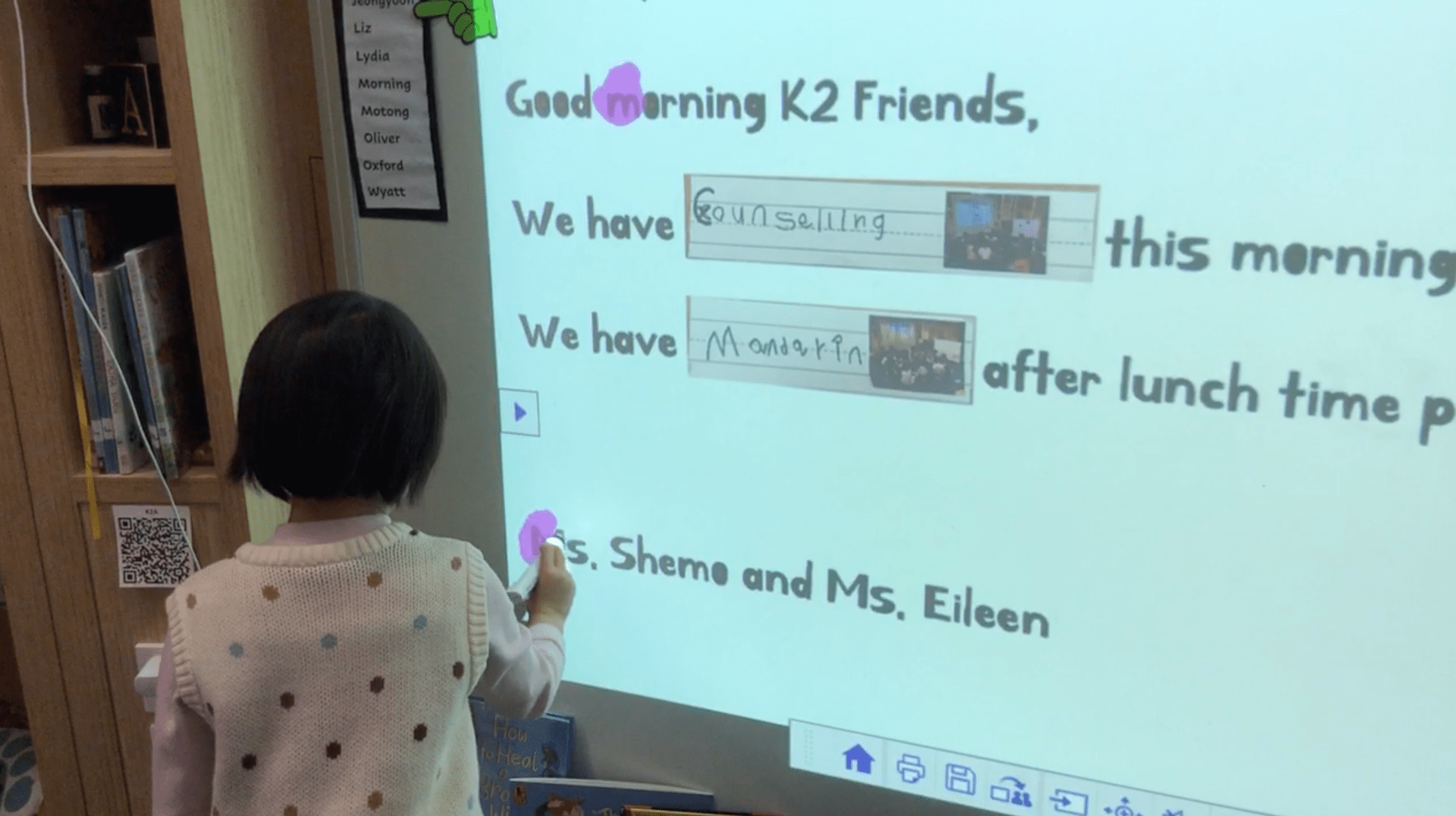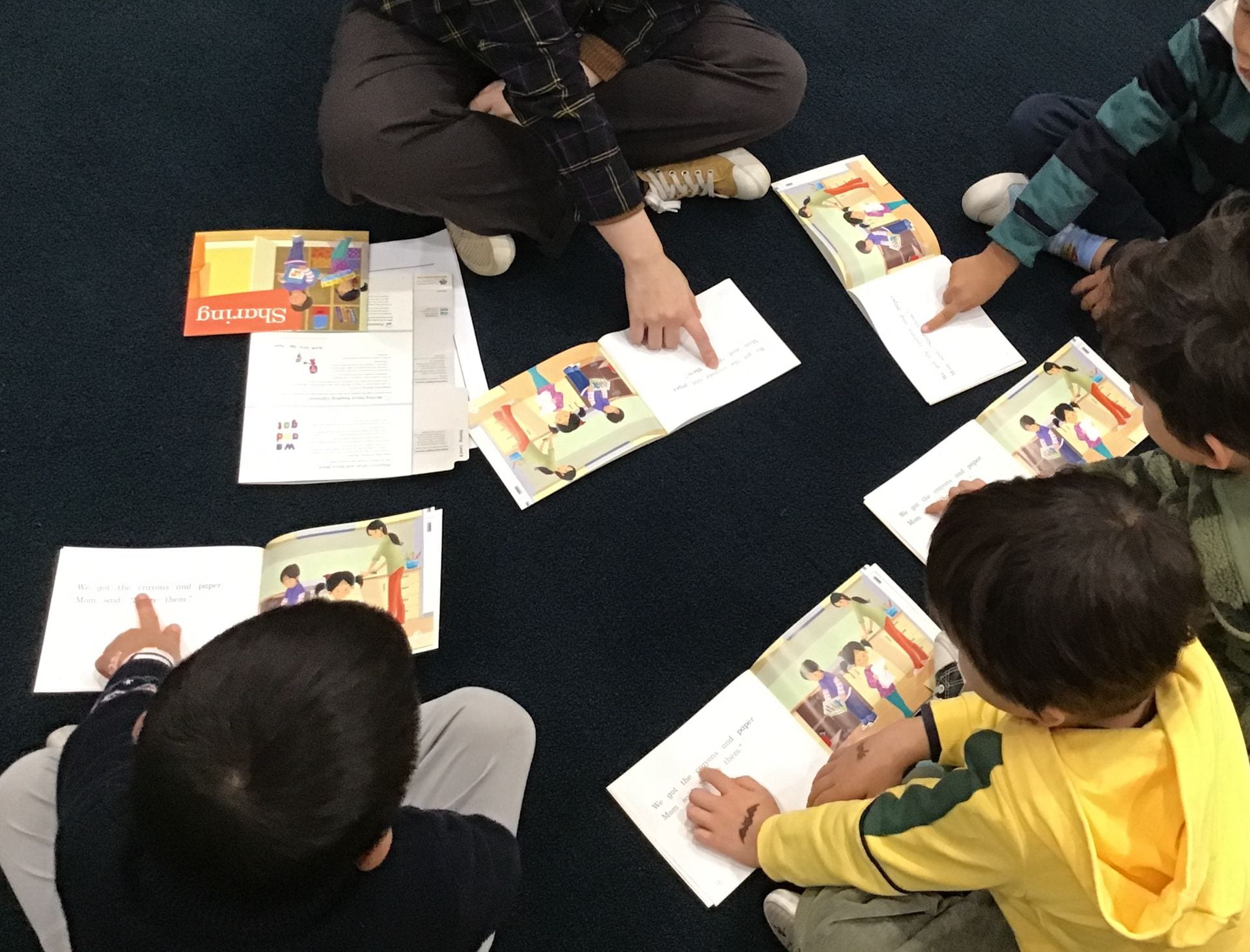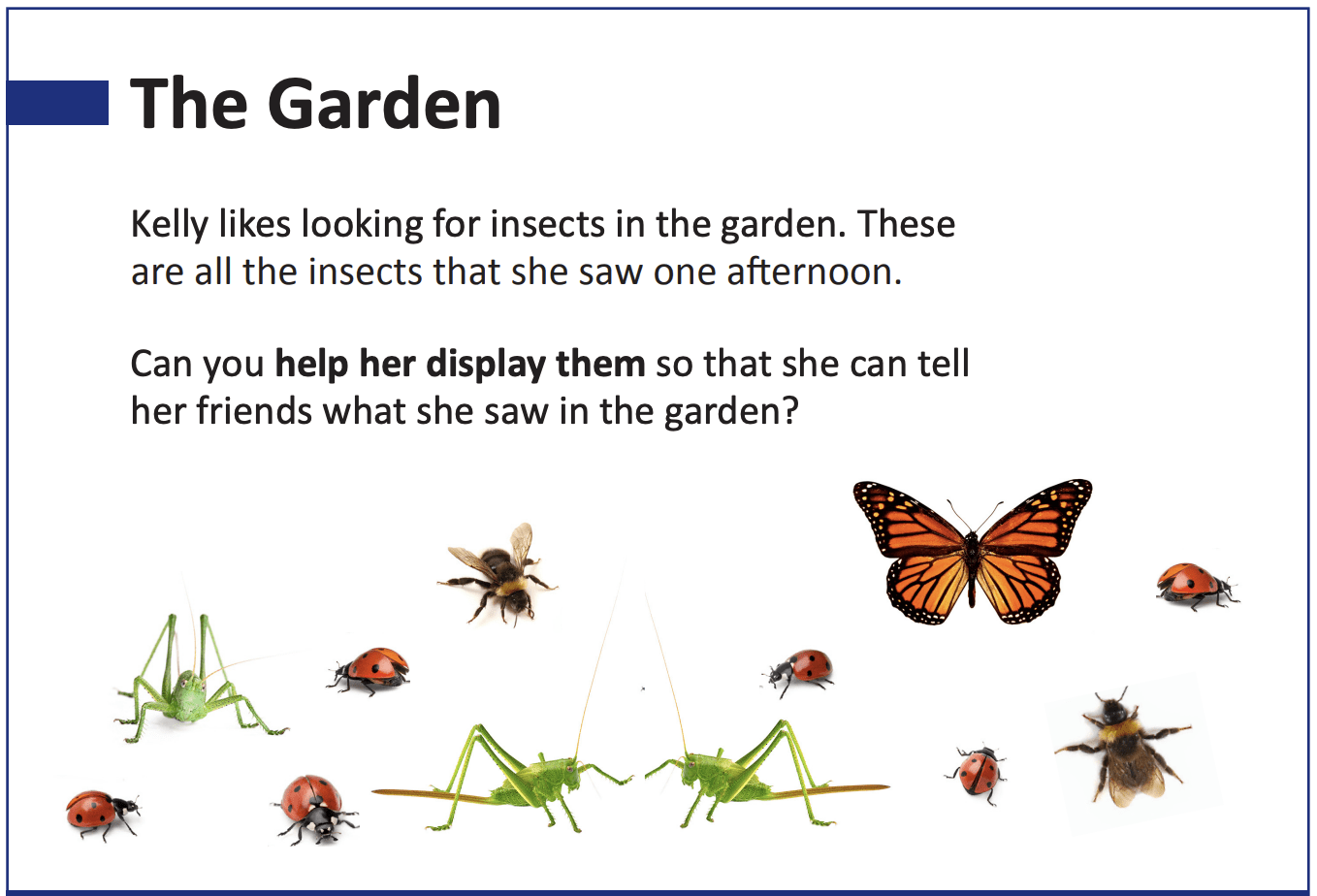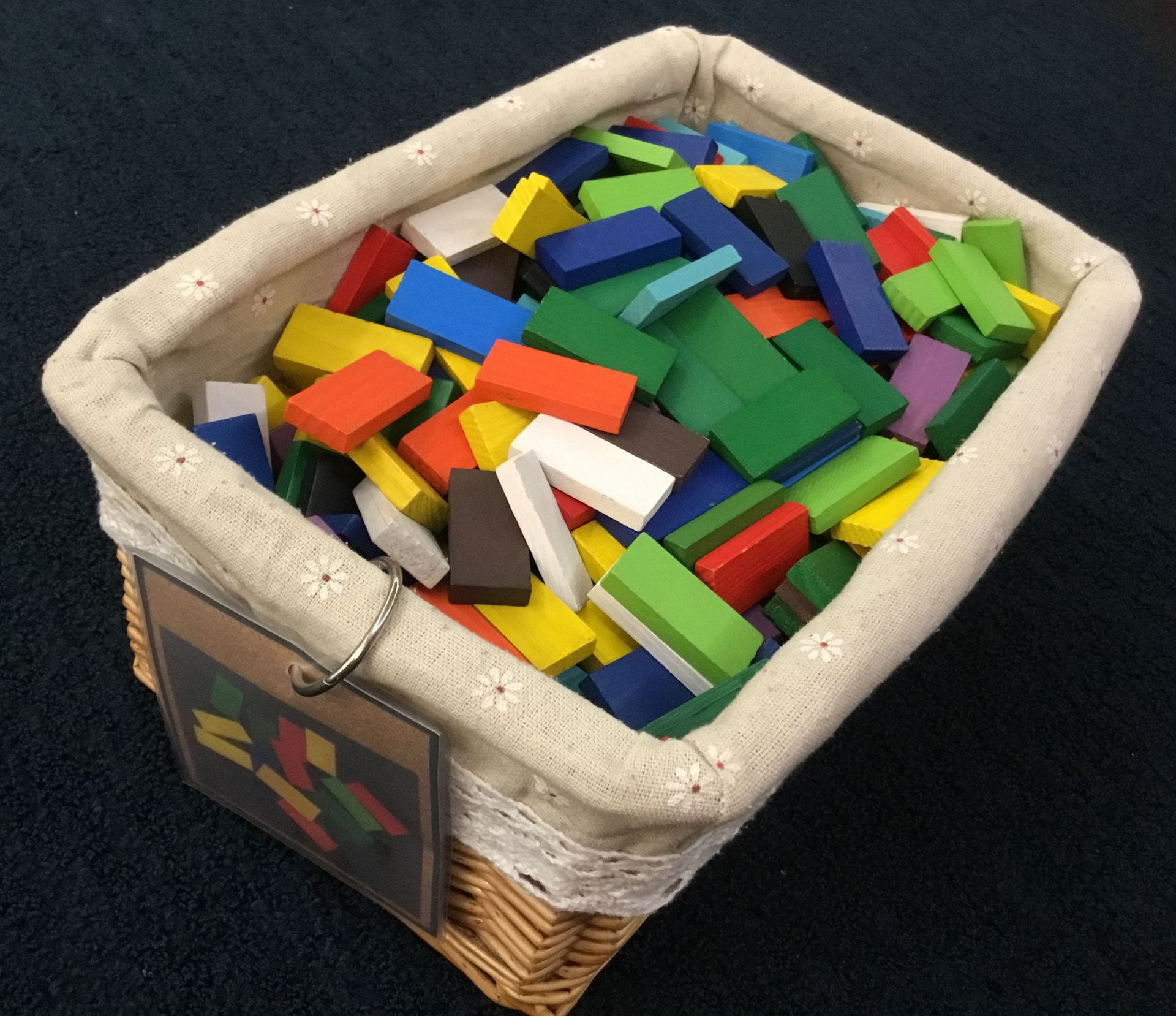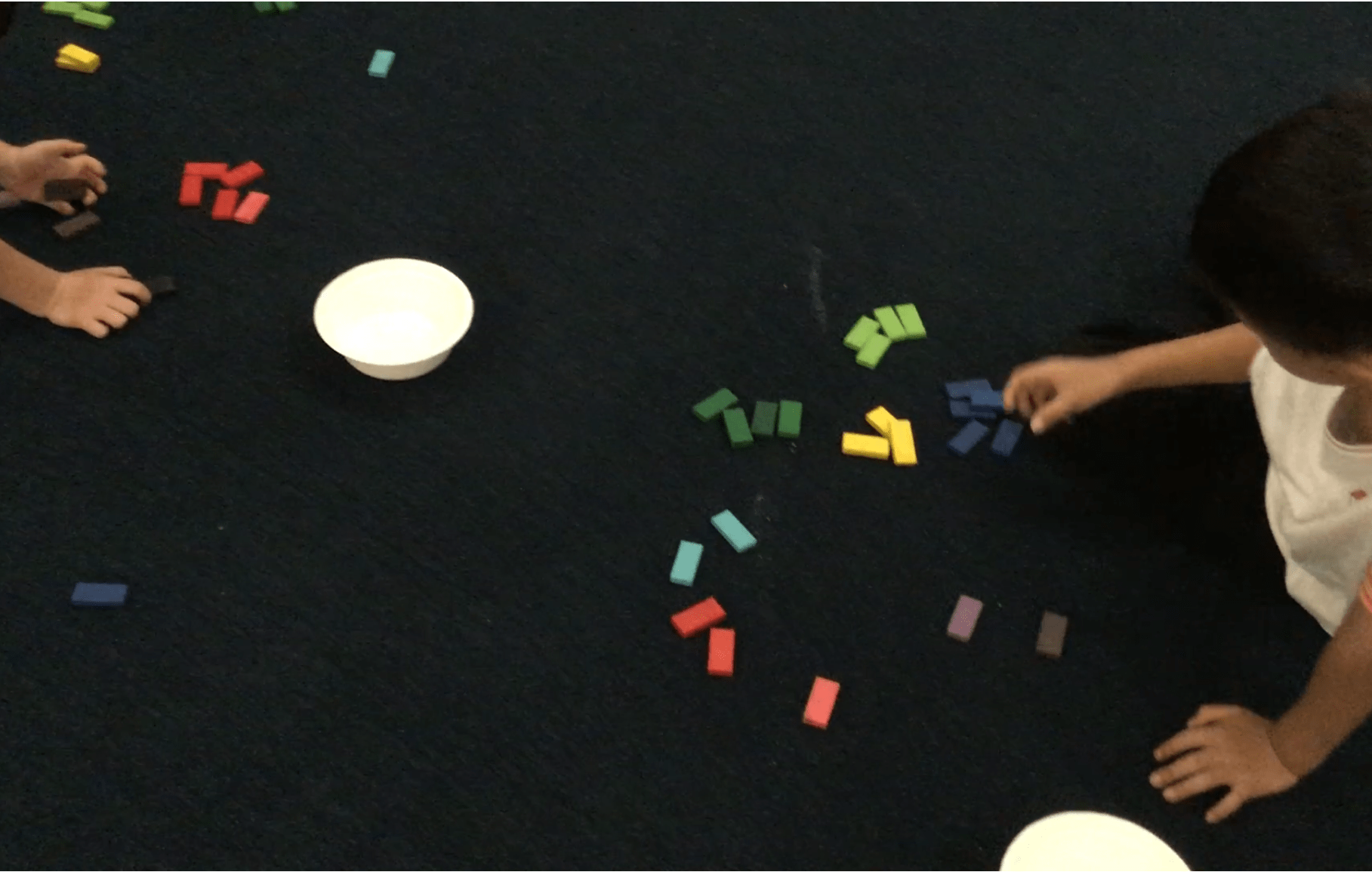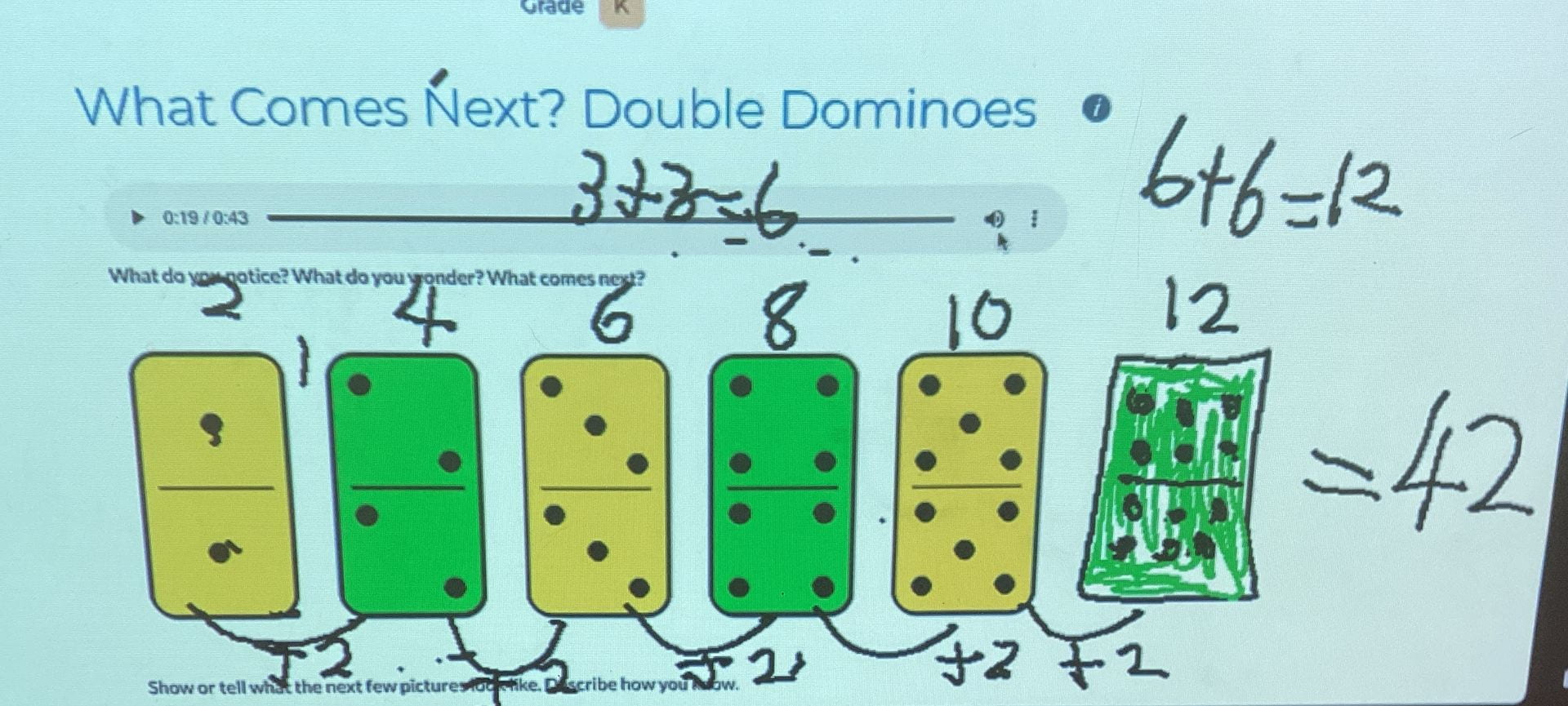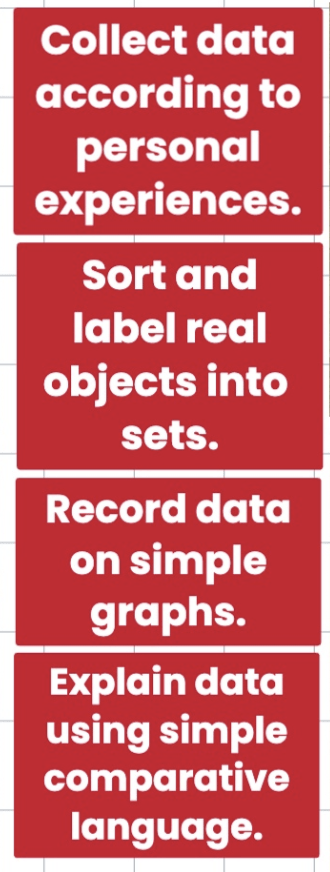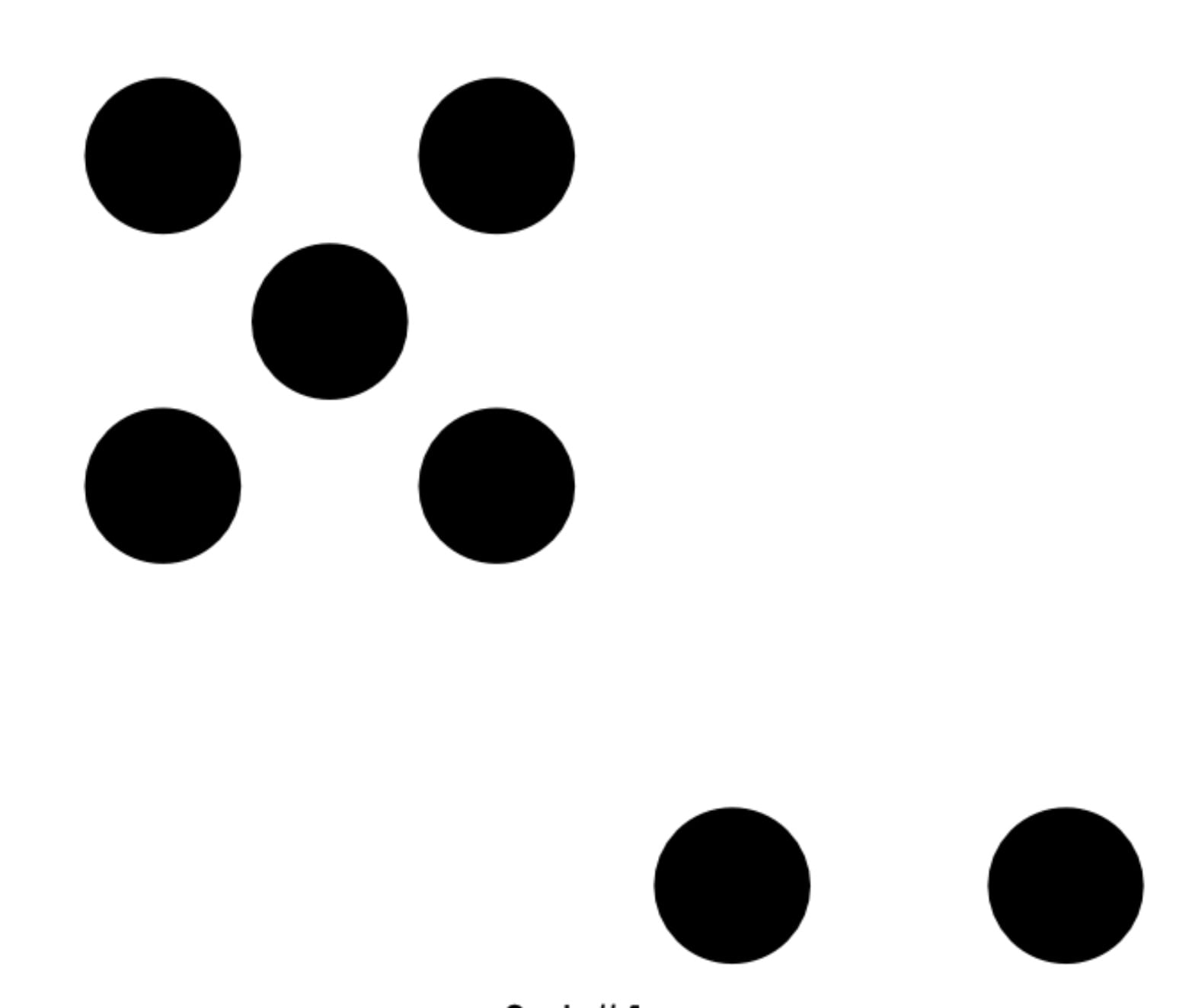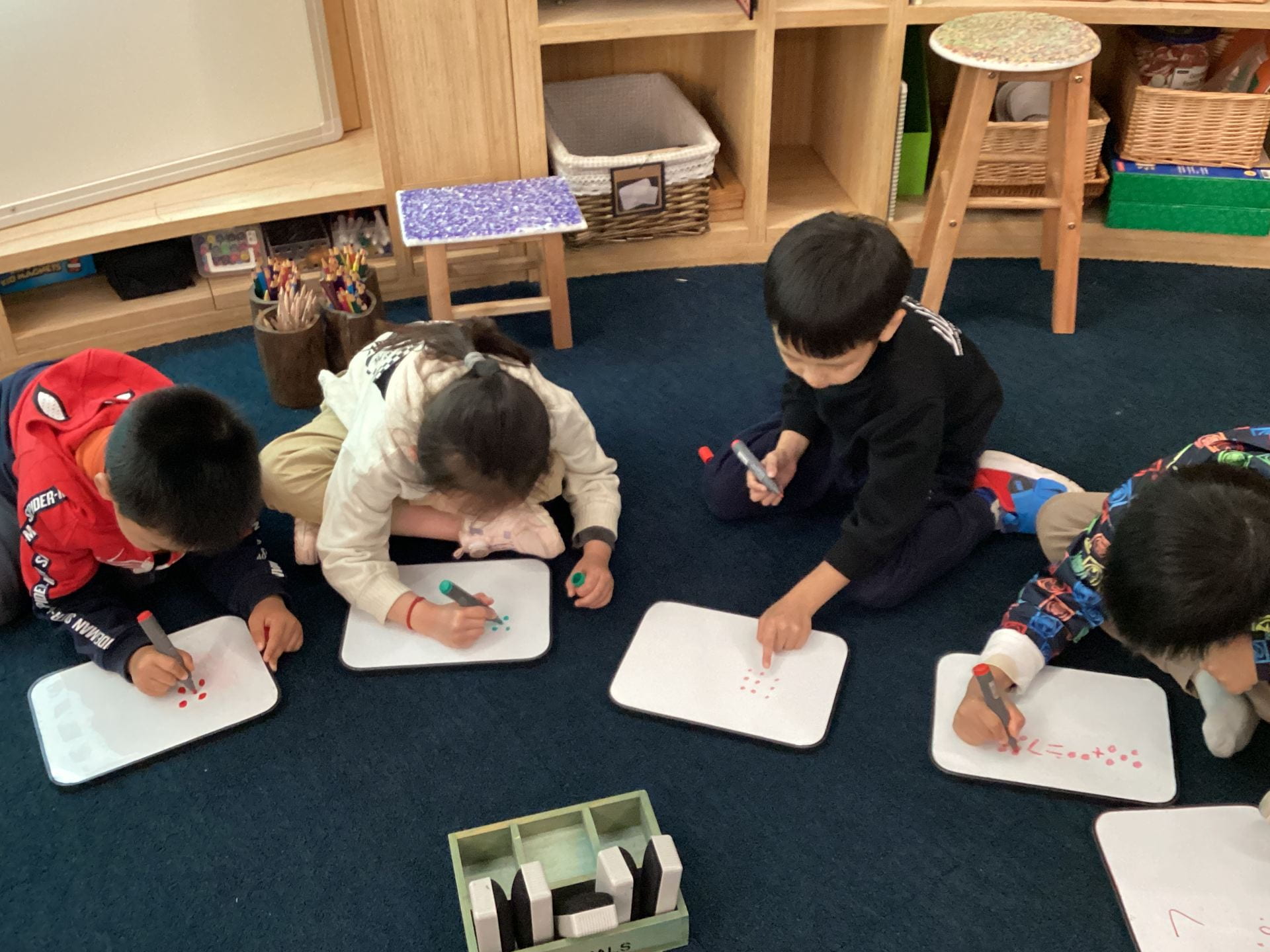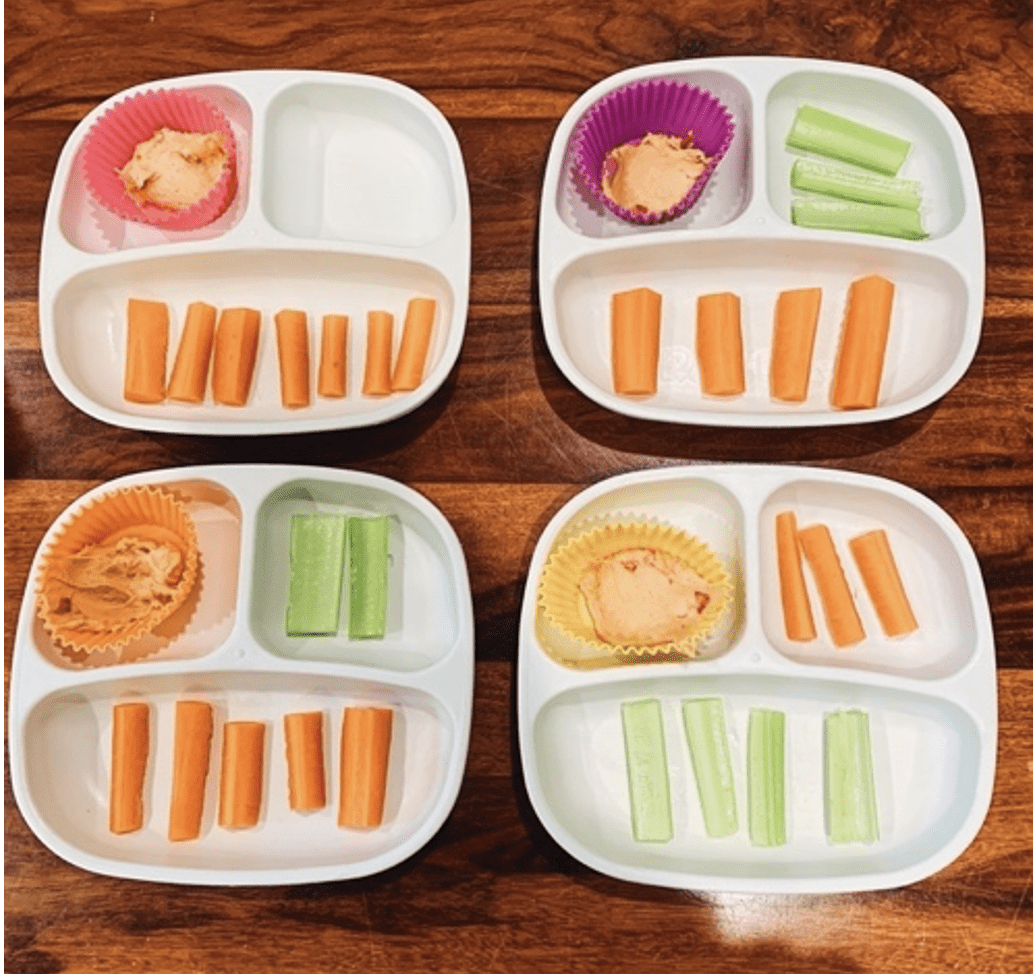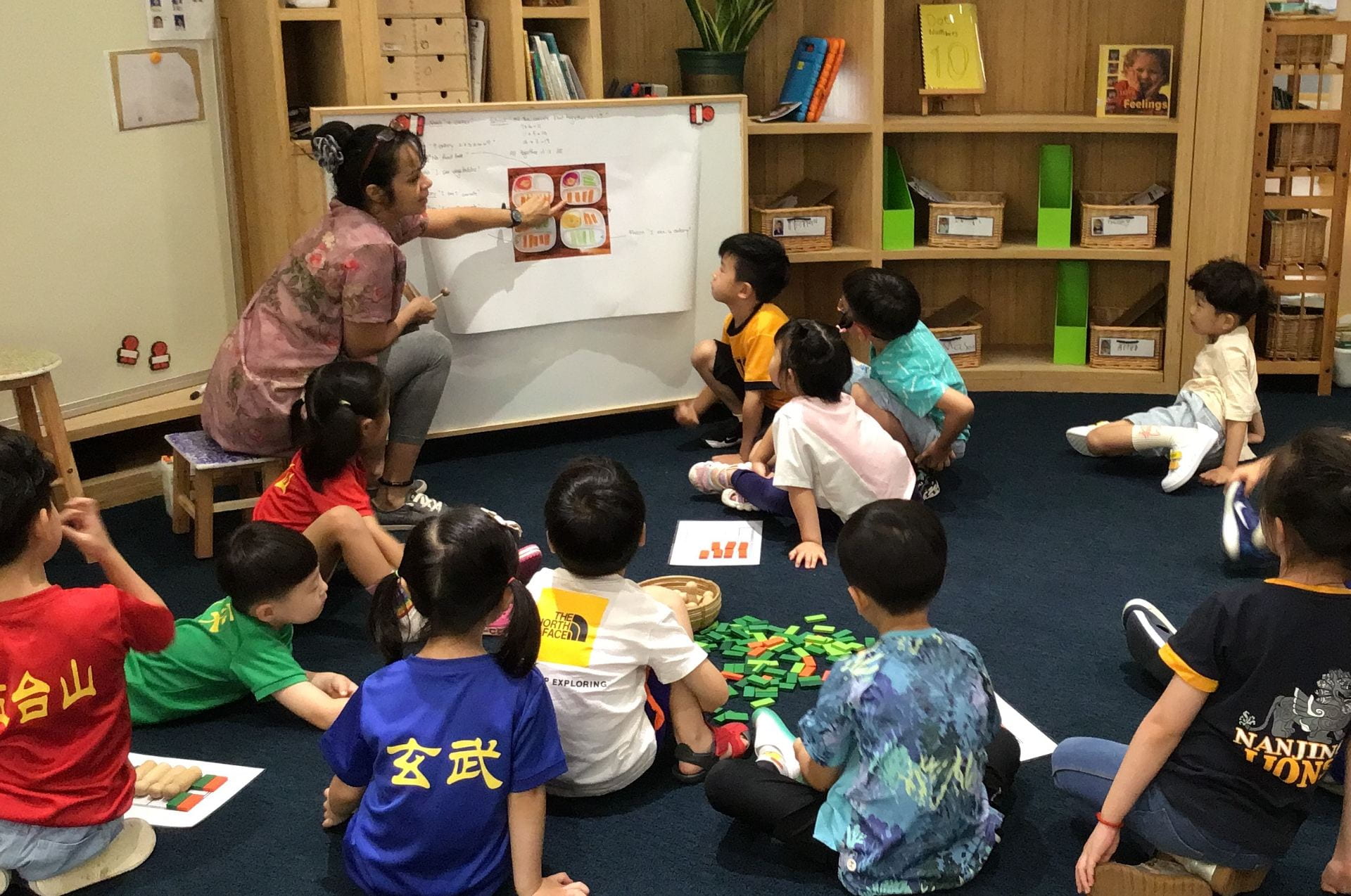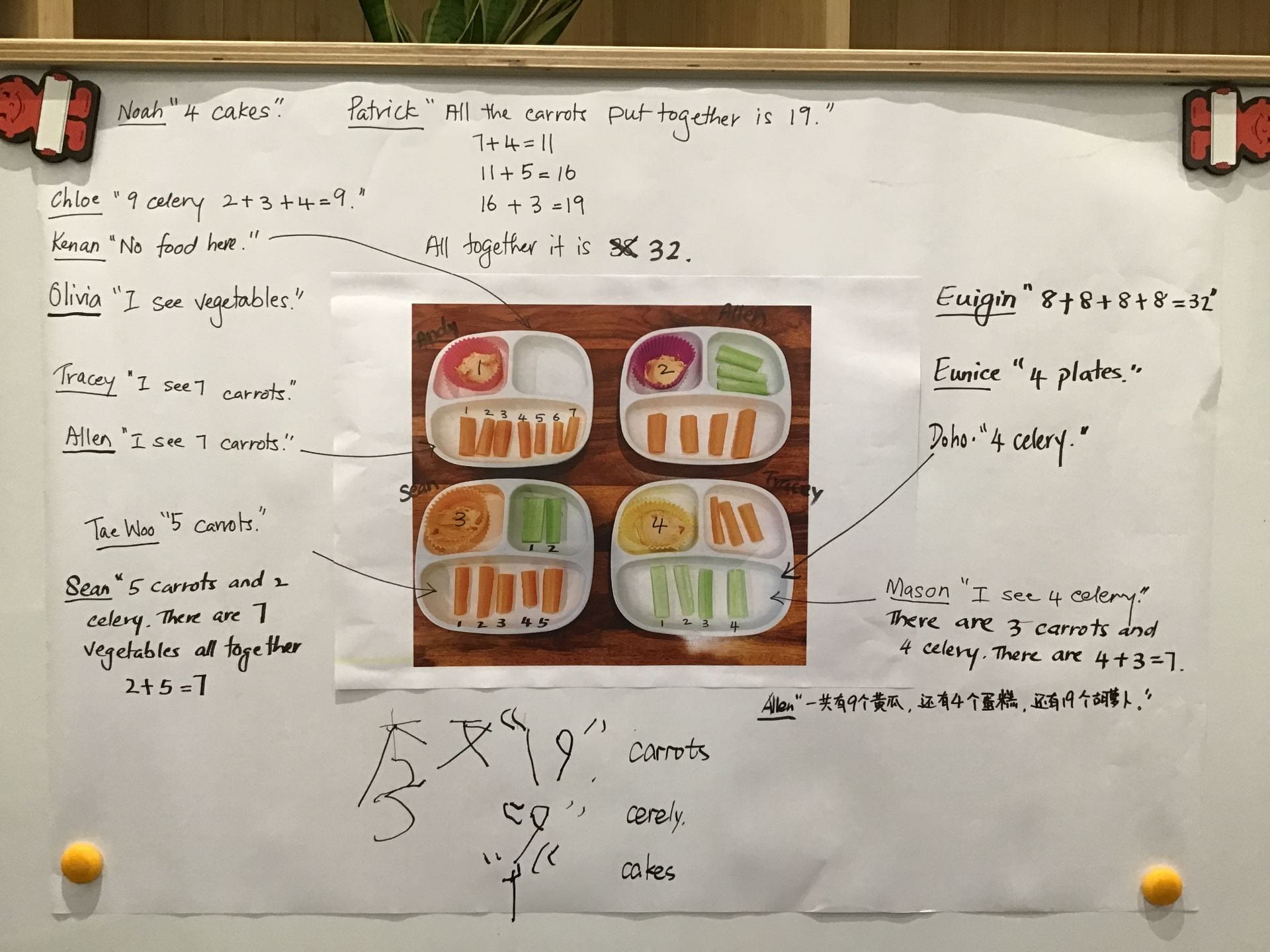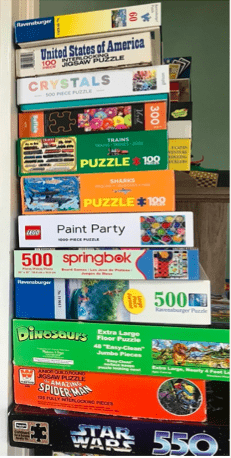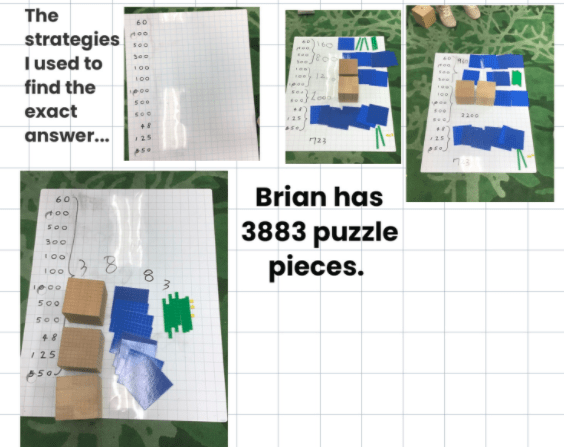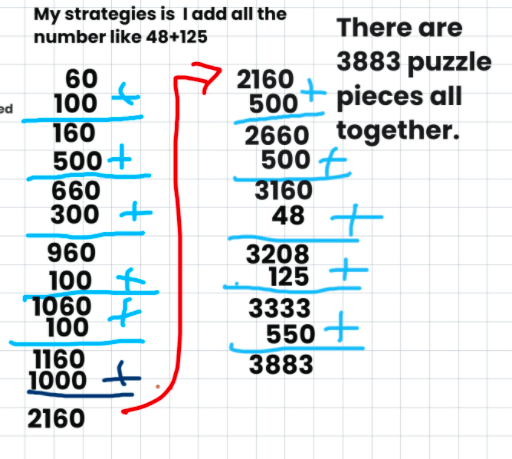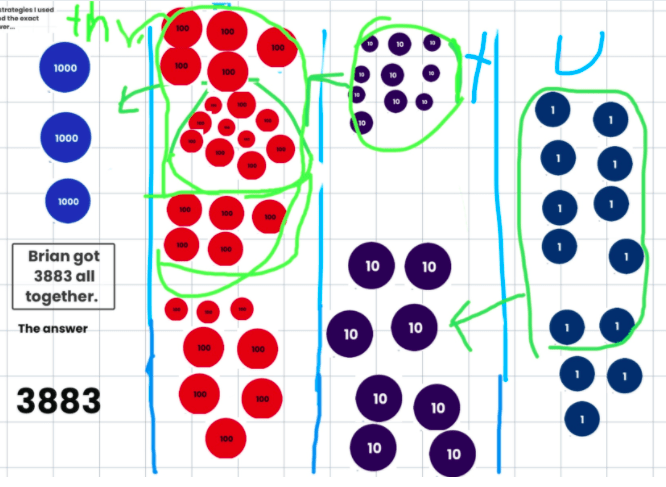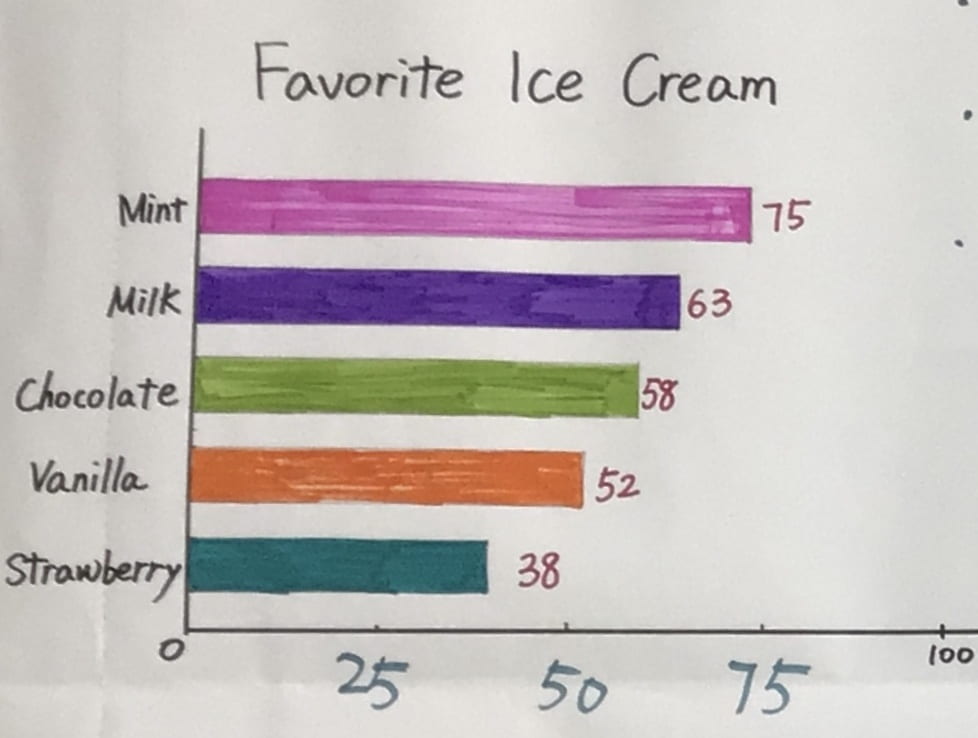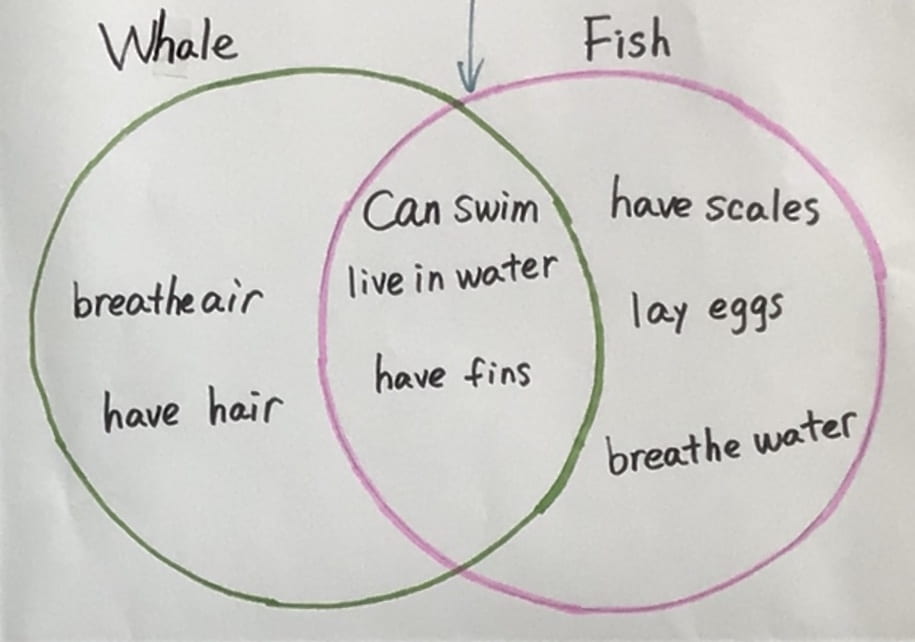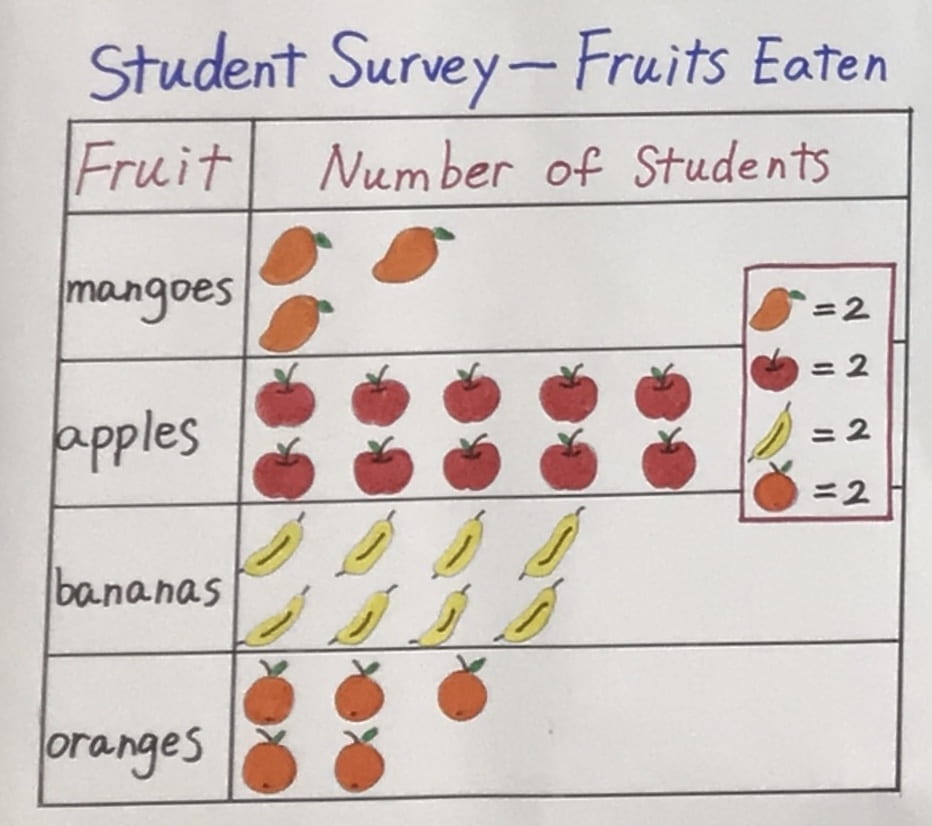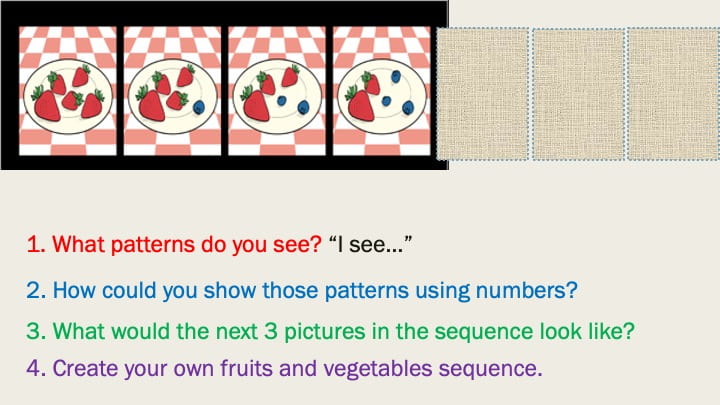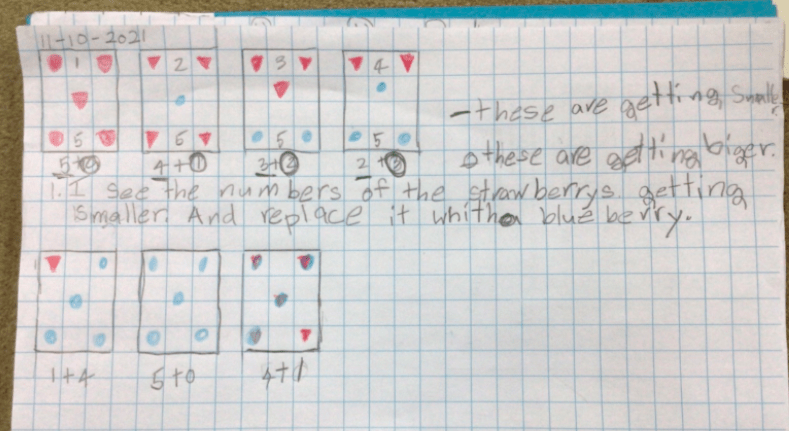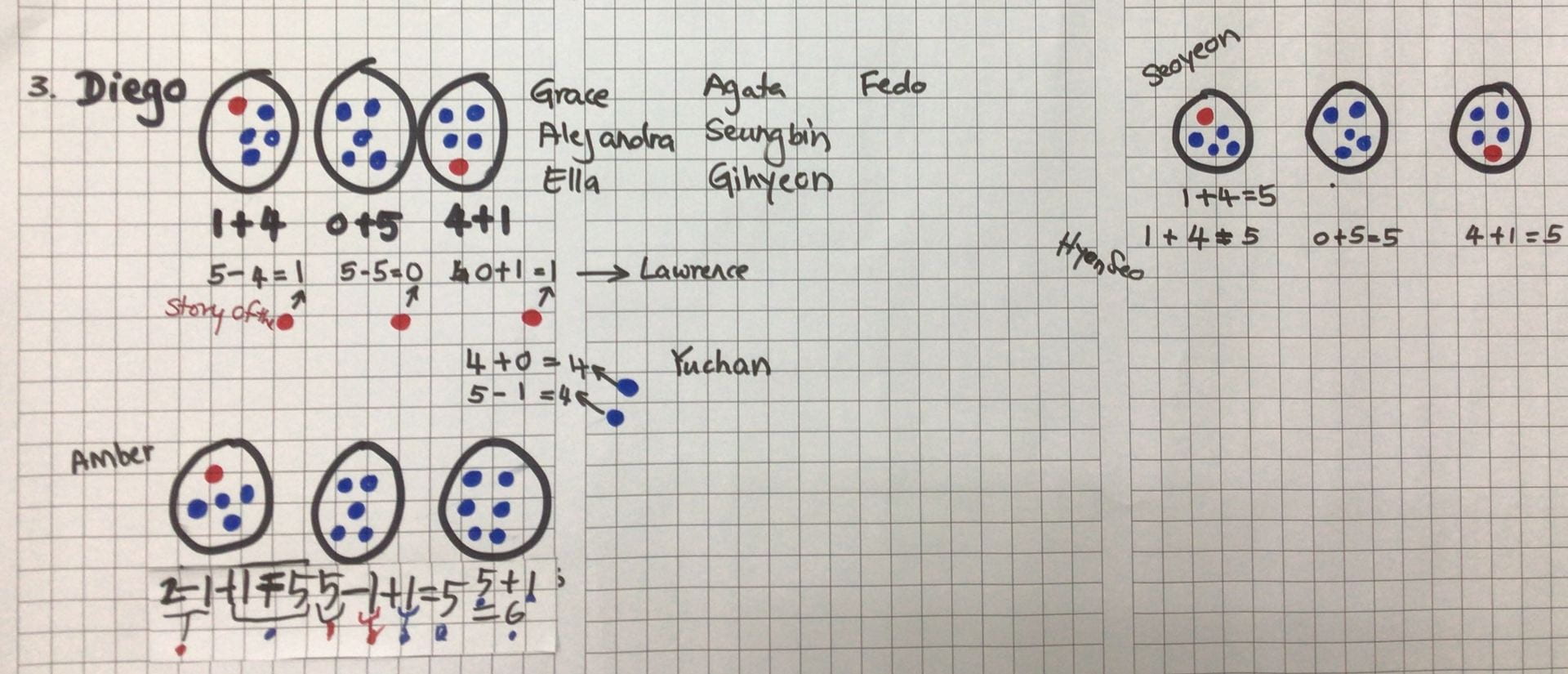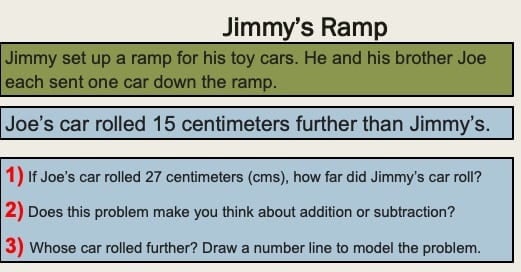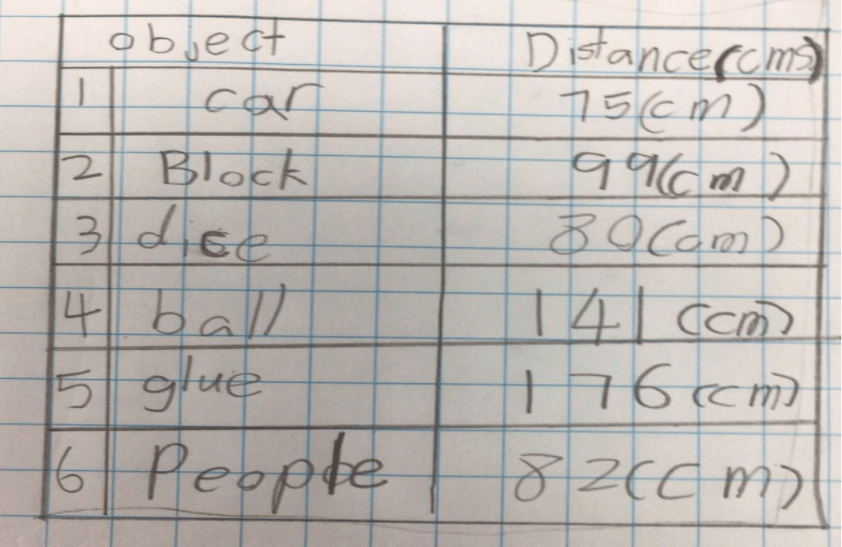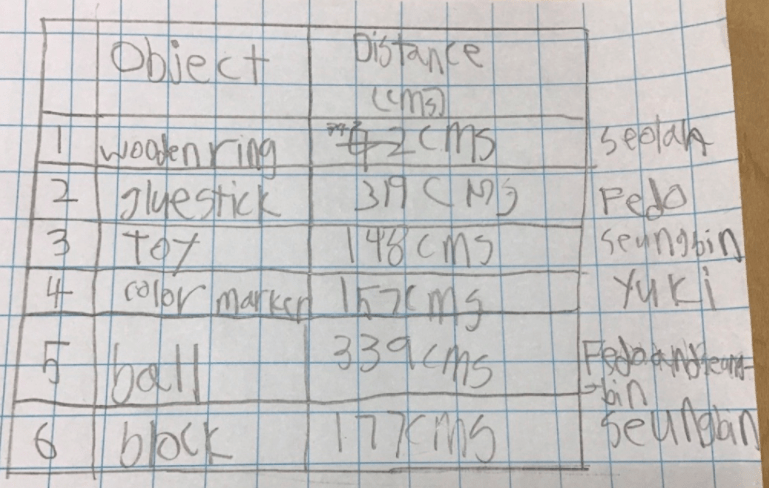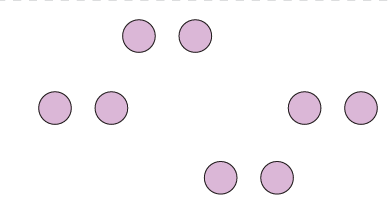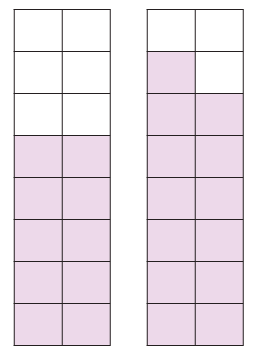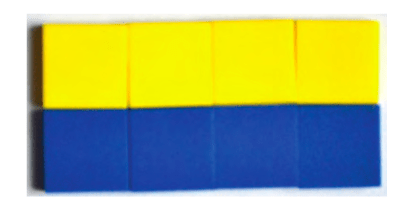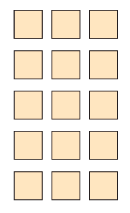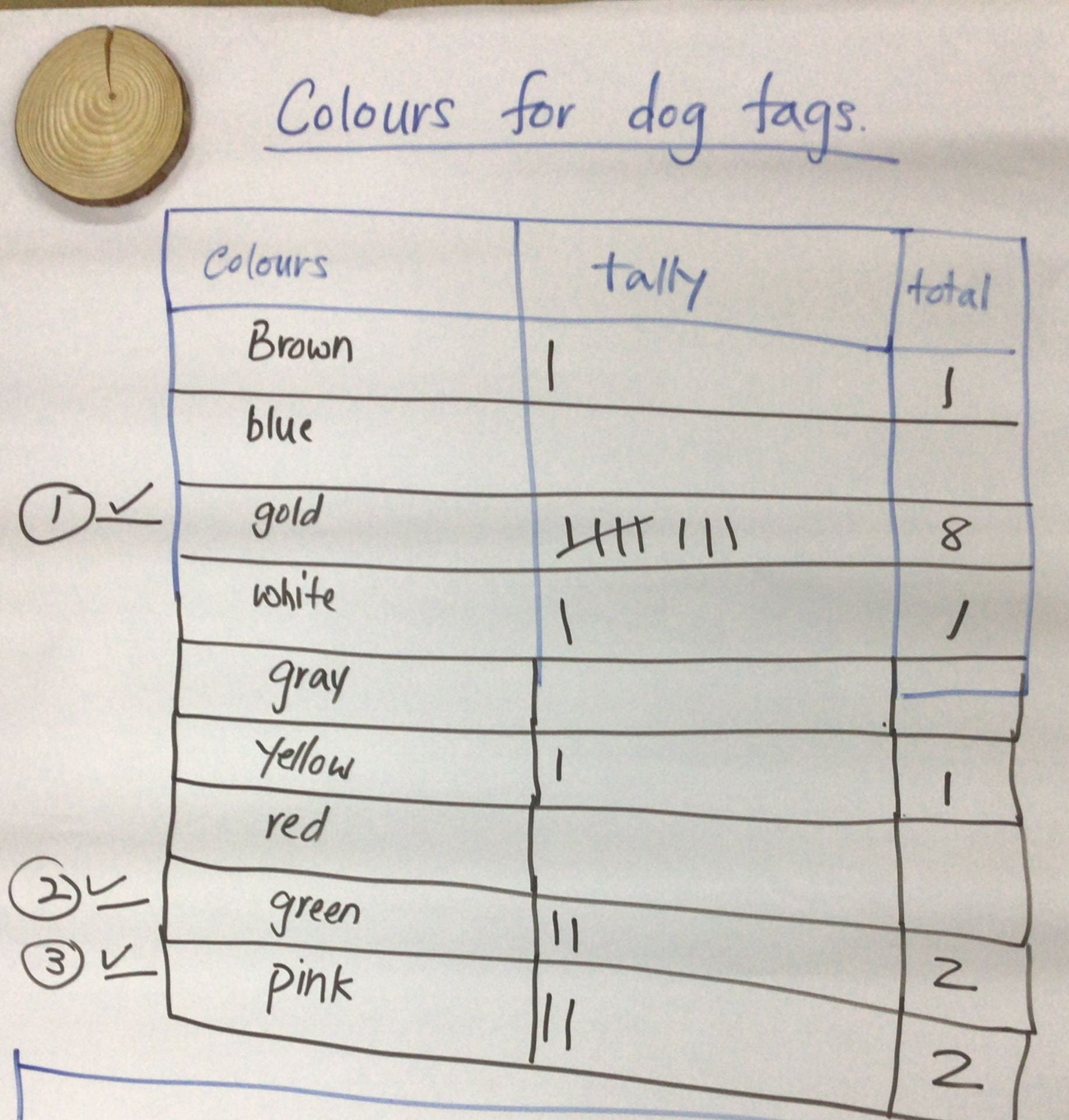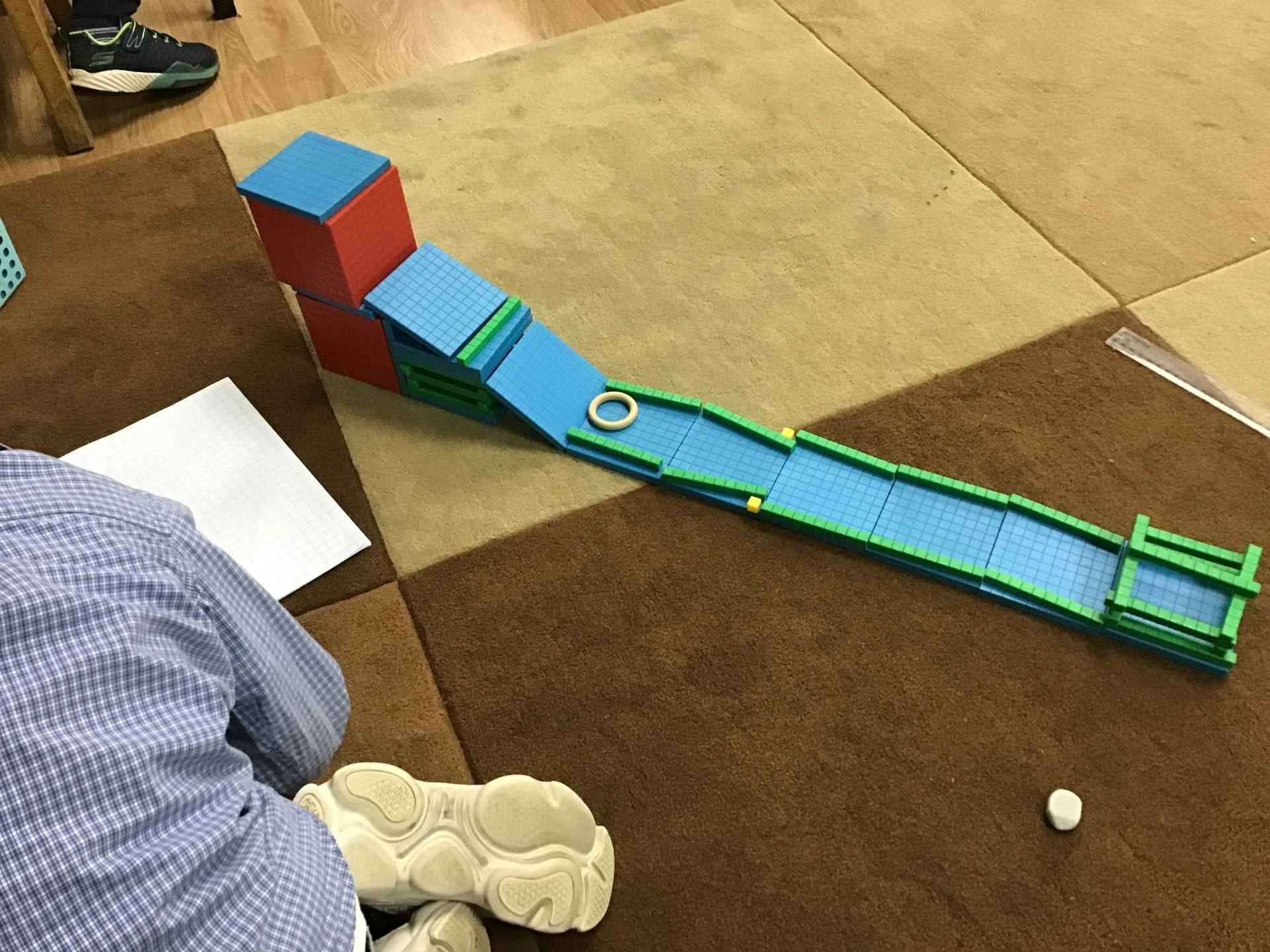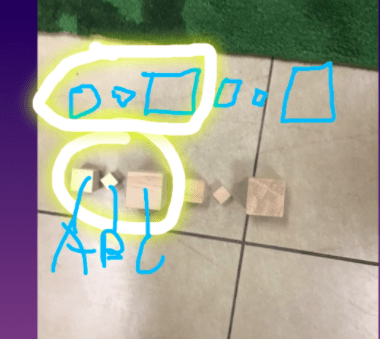Noticing the children’s interest in making paper airplanes, Ms. Eileen decided to introduce the children to a new design.
The children followed the instructions to make the paper airplane.
- Eli “I want to throw it outside because outside will have wind so it will fly fast and high.”
- Howie “I think the airplane the airplane can fly really high and really fast because the wind is really strong and it will go fast. We can feel it when the wind is cold you know what is the wind.”
We looked at a photograph of the playground to help us decide where we might fly the planes from. What would we need to consider?


- Liz “I think airplanes go to water is broken. Airplane is paper, paper in water is wet and broken.”
- Oliver “I think the airplane might go round and round all the time I think. Because the wind is going left then the airplane will go left and if the wind is going right then the airplane will go right.”
- Wyatt “Outside is airplane is go out of school and people can’t go outside of school and then you make it again.”
- Morning “The airplane will go to the tree and the people cannot play with it.”
- Eli “It can go over the fence because if you throw on the mountain then it will go over the fence and no one will get it and it might go into the building and there might be sharp things and then it will get a hole in it.”
- Motong “We can send it from the slide. We can stand on the yellow wall because the airplane will fly very far.”
- Jeongyoon “If we fly it from the roof, then we can’t get it.”
- Lydia “I think this flying to outside you can’t take it (the airplane).”
- Eunbyul “If it goes to a very tall tree then I will not catch the airplane.”
- Howie “Then, we can climb the tree.”
- Oliver “The sticks are not very strong.”
How can we find out which airplane has gone the furthest?
- Oliver “I think if the airplane looks the best then it goes the furthest. And my airplane looks the best.
- Eunbyul “Throw it and it will go up and down.”

When you run a race, can you start from different places?
- Eli “No, we have to stay together.
- Howie “Some people together in the back, the first people will get number 1. The people in the back will be number 2.”
The children explained that they had to fly the paper airplanes from the same location for it to be fair. The children discussed the different options. The children were excited to see many planes flying high above the playground. Perhaps our planes would fly high too!

Many of the children suggested flying the plane from a height as it would help the plane go further. They agreed that the best spot would be the top of the short wall.

We decided to go out and try this out. The paper panes took off from the wall. We watched them scatter around the playground.

How would we know which plane went the furthest?
Howie suggested that we use a tape to measure the distance. Ms. Shemo did not have such a long tape but had some string instead. We measured and cut out the string to mark the distance.


 When we went back to class with the string, we had them in bundles on the floor. Many children believed Eli’s plane flew the furthest because his bundle of string was ‘higher’. We recorded everyone’s best guess using tally marks.
When we went back to class with the string, we had them in bundles on the floor. Many children believed Eli’s plane flew the furthest because his bundle of string was ‘higher’. We recorded everyone’s best guess using tally marks.
But how would we know for sure? How do we measure things in real life?
Eli suggested using the ruler. But the ruler was short, and it would take a long time to measure them.

Liz suggested measuring them using the white PVC pipes. We brought one over and kept it next to the ruler. It was longer. We noticed the numbers on the ruler and decided to add them to make our ruler with the pipe. But, there were too many numbers to write.

After some thought, we decided to count in 5’s and record them on the pipe. The children helped identify the numbers from 0-100.

Then, we began to measure the twine. We recorded the distance each paper airplane flew. Finally, we had the data we needed. Eli’s paper airplane flew the furthest!


Throughout this experience, the children shared their theories about paper airplanes, and considered the properties of paper. They considered the concepts of speed, height, distance and variables that may affect the flight of the paper airplane. They explored measurement, data handling and number, to find out who’s paper airplane flew the furthest.










































